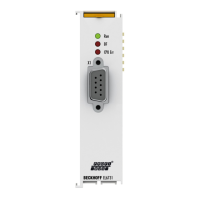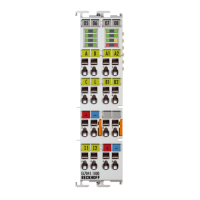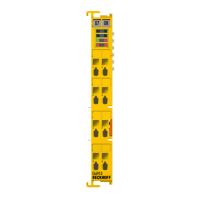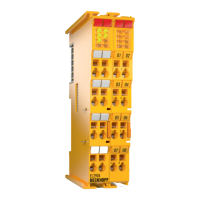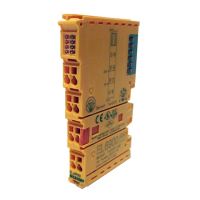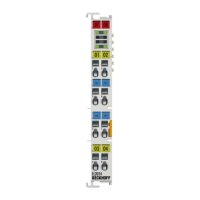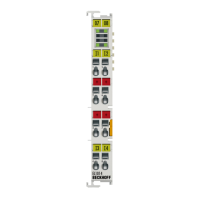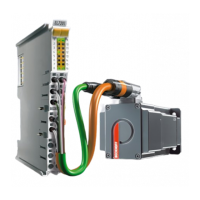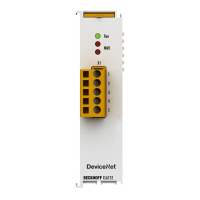Commissioning
EL34xx146 Version: 1.5
The maximum deviation can also be specified directly.
Example: Measuring range 0...10V and measuring error <±0.3% full scale value → maximum deviation ±
30mV in the permissible operating temperature range.
Lower measuring error
Since this specification also includes the temperature drift, a significantly lower measuring error can
usually be assumed in case of a constant ambient temperature of the device and thermal stabiliza-
tion after a user calibration.
This applies to analog output devices.
6.6.3 Temperature coefficient tK [ppm/K]
An electronic circuit is usually temperature dependent to a greater or lesser degree. In analog measurement
technology this means that when a measured value is determined by means of an electronic circuit, its
deviation from the "true" value is reproducibly dependent on the ambient/operating temperature.
A manufacturer can alleviate this by using components of a higher quality or by software means.
The temperature coefficient, when indicated, specified by Beckhoff allows the user to calculate the expected
measuring error outside the basic accuracy at 23 °C.
Due to the extensive uncertainty considerations that are incorporated in the determination of the basic
accuracy (at 23 °C), Beckhoff recommends a quadratic summation.
Example: Let the basic accuracy at 23 °C be ±0.01% typ. (full scale value), tK = 20 ppm/K typ.; the accuracy
A35 at 35 °C is wanted, hence ΔT = 12 K
Remarks: ppm ≙ 10
-6
% ≙ 10
-2
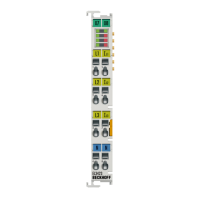
